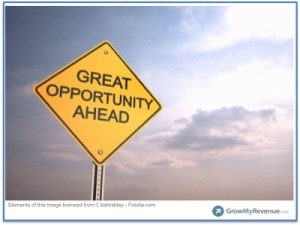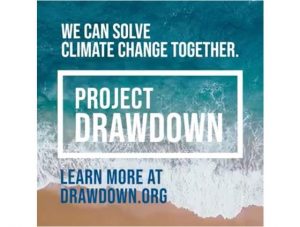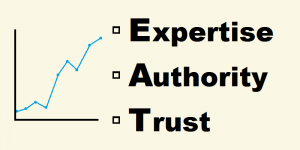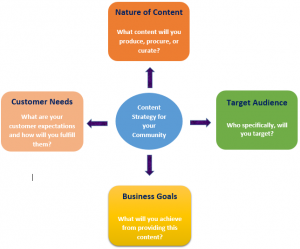How to Choose the Right Custom Product Packaging
Bespoke is one of the buzzwords of the decade. It seems like tailor-made products are the key to business success.
This is true for product packaging too. The way to really wow your customers is to personalize the way they receive your products, so they can discover more about who you are.
Represent Your Brand
Your packaging says a lot about who you are in the marketplace. Is your brand high-class luxury, is it for the every-person, or do you just want to display a fun, lively image of your business vibe?
The way your customers perceive you will depend a lot on how you’ve displayed yourself in the packaging. Do something that helps you stand out from the crowd and ensures your clients think about you first when they make their next purchase.
Be Practical
As much as you need to be creative, you also need to think about the products you’re shipping. Fragile items, for example, need more durable packaging. If you’re sending liquids or products that could be damaged by the elements, consider insulated materials.
Uniquely designed boxes and bags with unusual shapes make great talking points, but the practicalities of these need to be thought about very strategically. For example, think about the way couriers and postal workers handle things. They may not put too much care into this process, so keep this in mind during the design phase.

Important Information
Depending on your product, an essential component of your packaging needs to be labeling. Hot or cold temperature warnings, or time-sensitive information like use-by-dates, must be included where it can be clearly seen.
A suggestion would be to get your legal team to advise what needs to be included. Anything vital left out could result in costly litigation that you want to avoid at all costs. Don’t open yourself up to customer complaints regarding your packaging. There’s no point in having the most engaging and talked about bags and boxes if you neglect your responsibility to your clients.
Environmental Impact
These days with more forests being destroyed to create paper and plastic that’s later dumped into our oceans and rivers, environmental footprints are a hot topic.
There are numerous options for you to choose from, to help lower your impact on the environment. Packaging made from fabric is a great idea. It’s light, easy to work with, and can be reused multiple times.
The team from Deepking suggests that you consider using plastic bags containing D2W, which is an additive that turns plastic biodegradable. This is yet another way to do your bit for the planet.

The Cost
Unless you’re able to absorb the cost of packing materials into your products’ price range, you’ll need to keep this expense under control.
As wonderful as it might seem to have bags handcrafted by Tibetan monks, this would be financially crippling for you, and not the best use of company funds. If you’re a super-high luxury brand where your clients expect nothing less, then, by all means, go this route. For the rest, try to be a little more realistic.
Another tip is to buy in bulk as this could considerably reduce this expense. It’s a substantial up-front payment, but worth it in the long run, as it’s going to be cheaper per piece.
Spoilt For Choice
Representing your brand in your packaging is an advantageous way of engaging with your customers. Really think about how you want them to envisage you. At the same time, though, you need to be practical and not go too ‘out there’ with the design.
Remember to include any essential information on the labeling to protect the customer, the delivery service, and yourself. Think about your environmental footprint. Is there something better you could do in this regard?
Finally, keep your cost under control, don’t go too overboard. This is a great way to impress your clients, but don’t do it if it’s an expense that will cause too big of a financial commitment.
About the author: Wendy Dessler

Wendy Dessler is a super-connector who helps businesses find their audience online through outreach, partnerships, and networking. She frequently writes about the latest advancements in digital marketing and focuses her efforts on developing customized blogger outreach plans depending on the industry and competition.
(94)
Report Post









